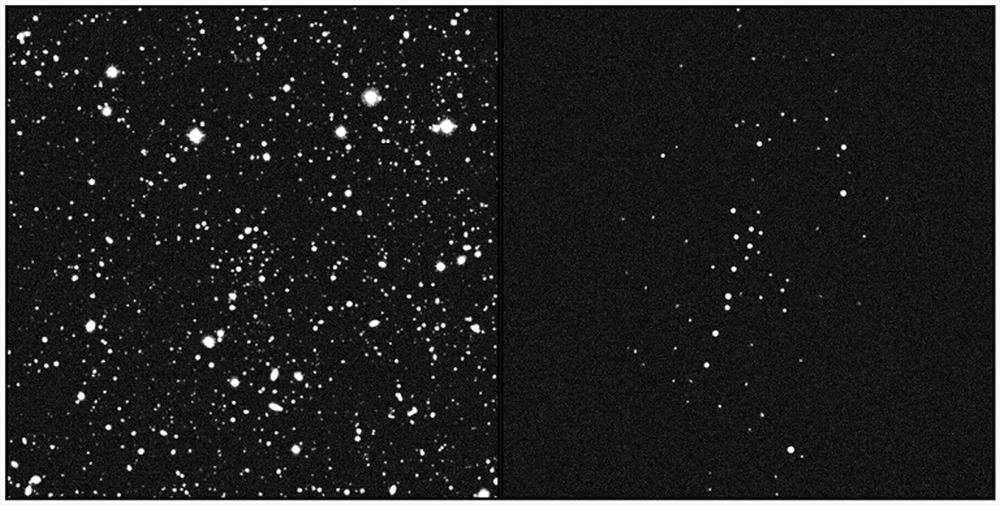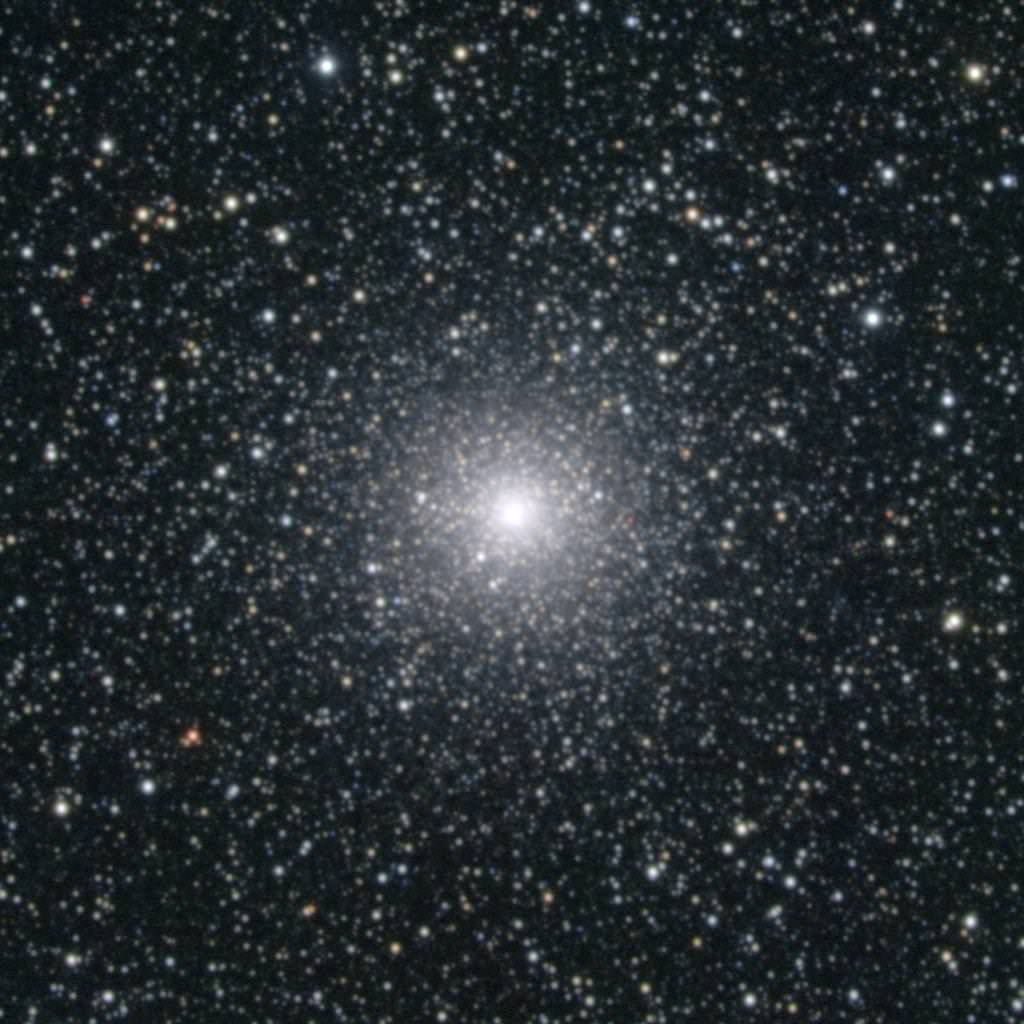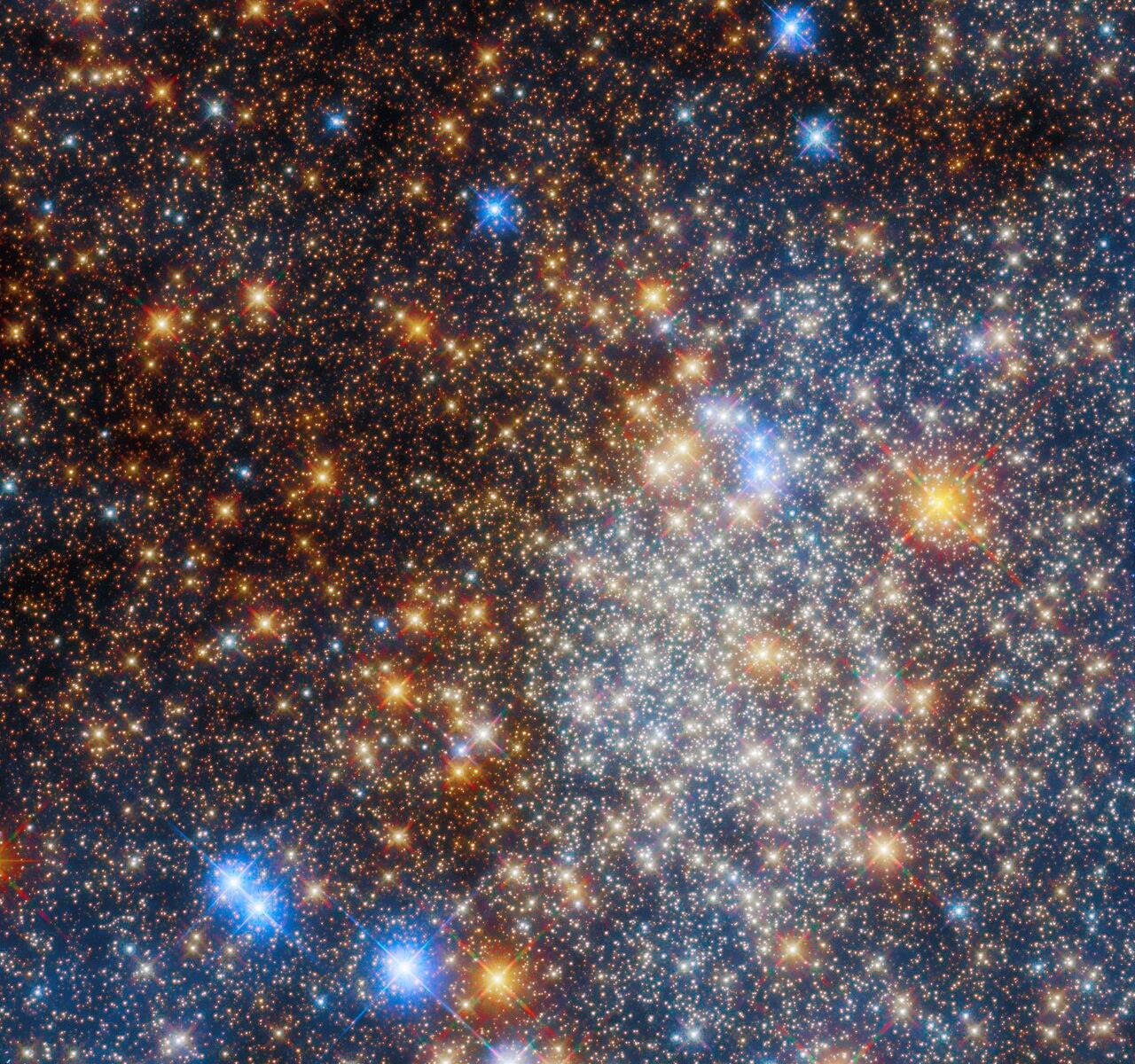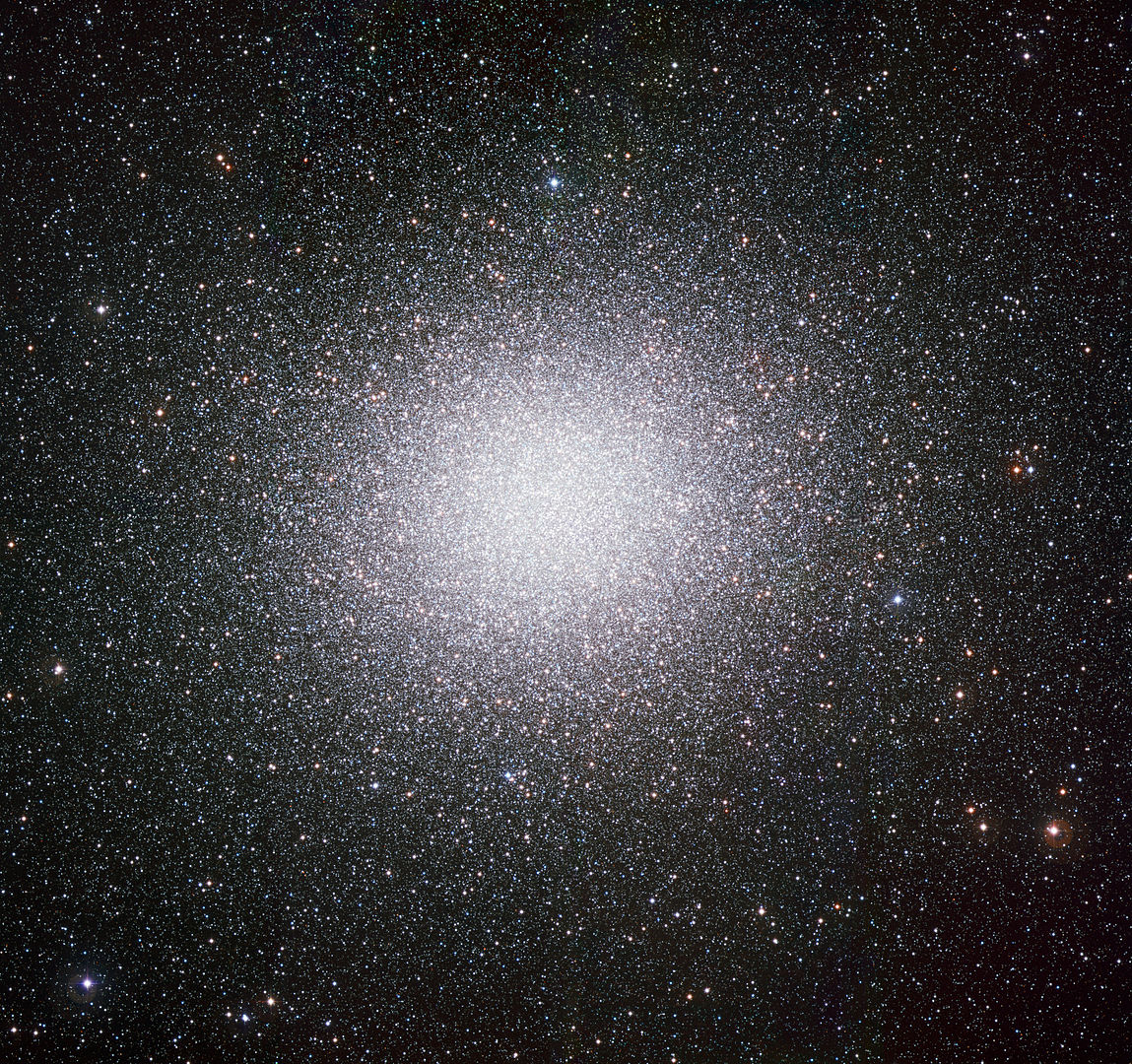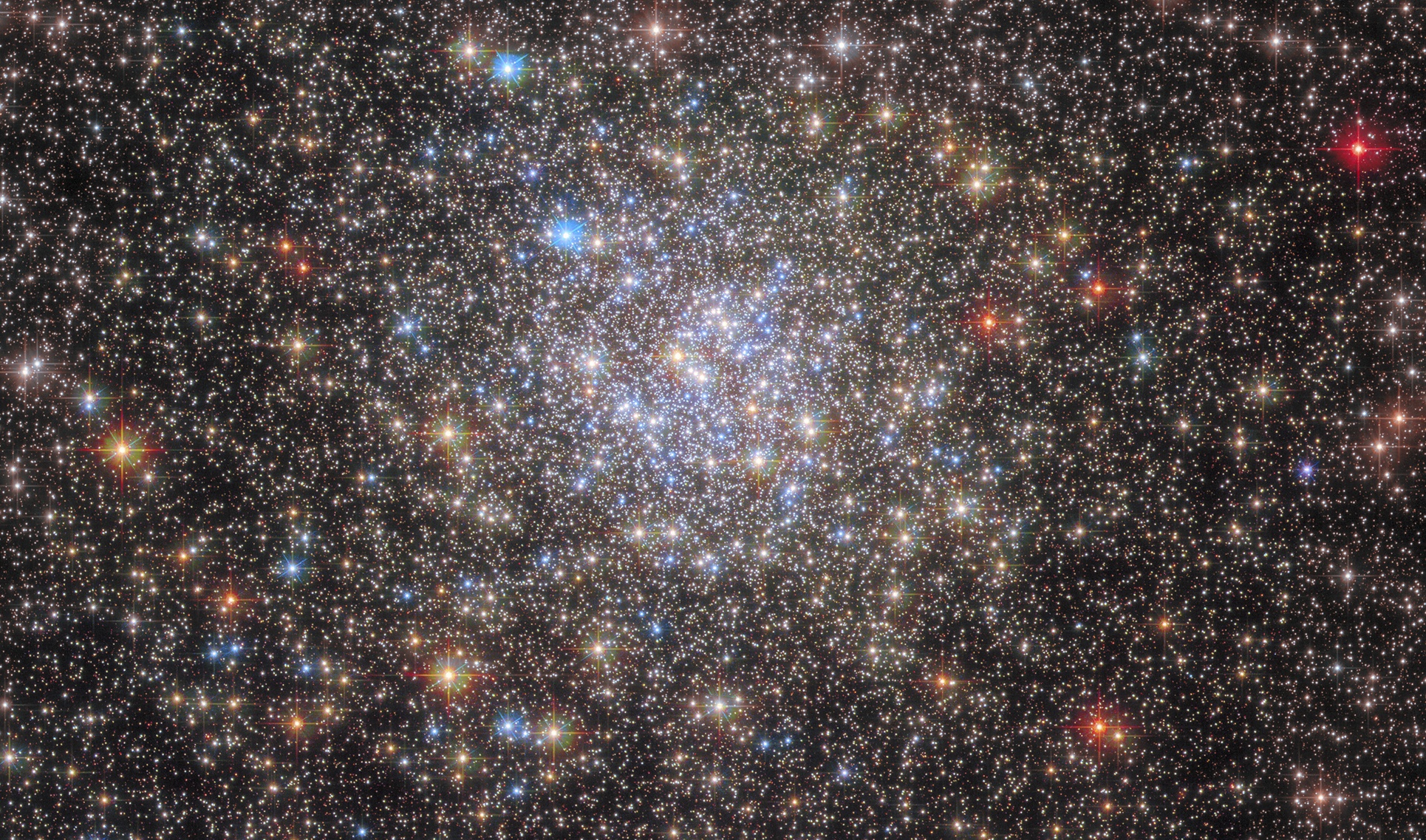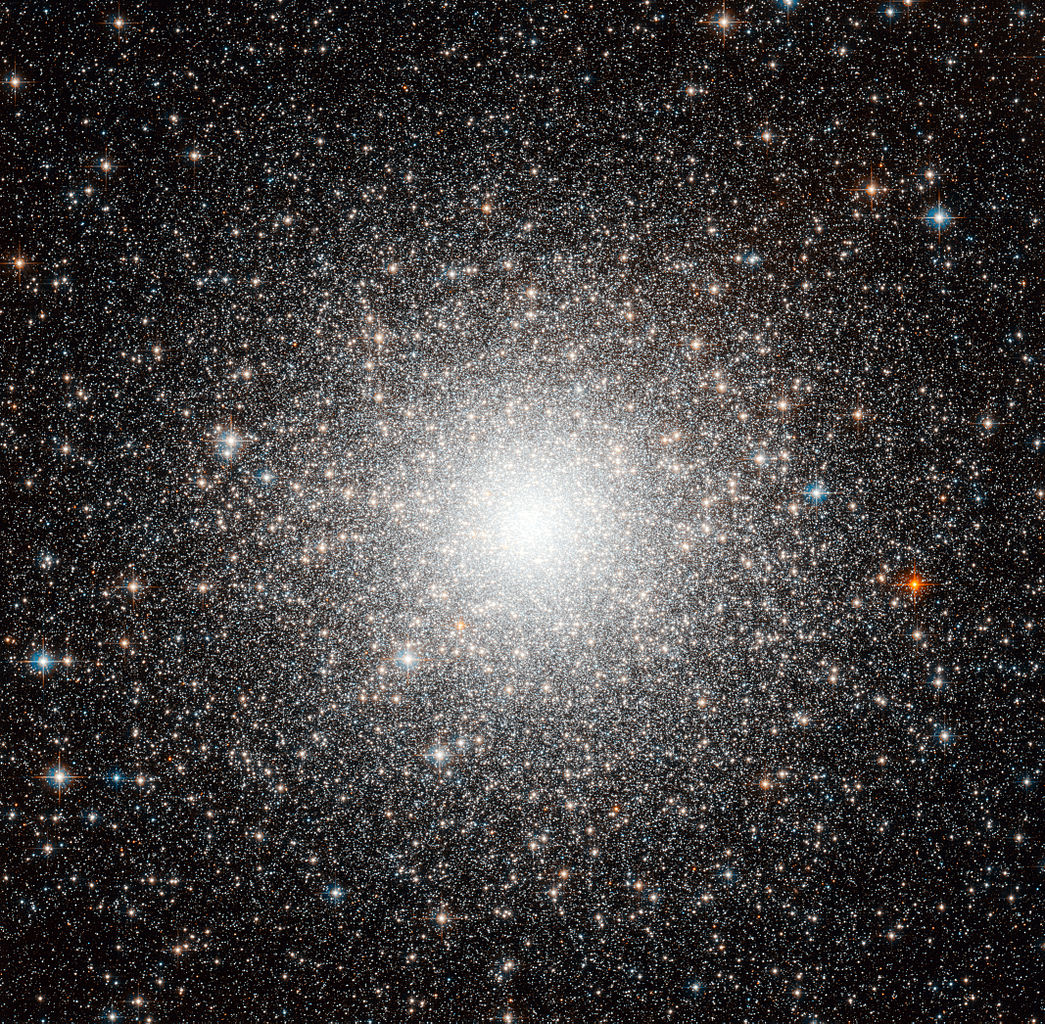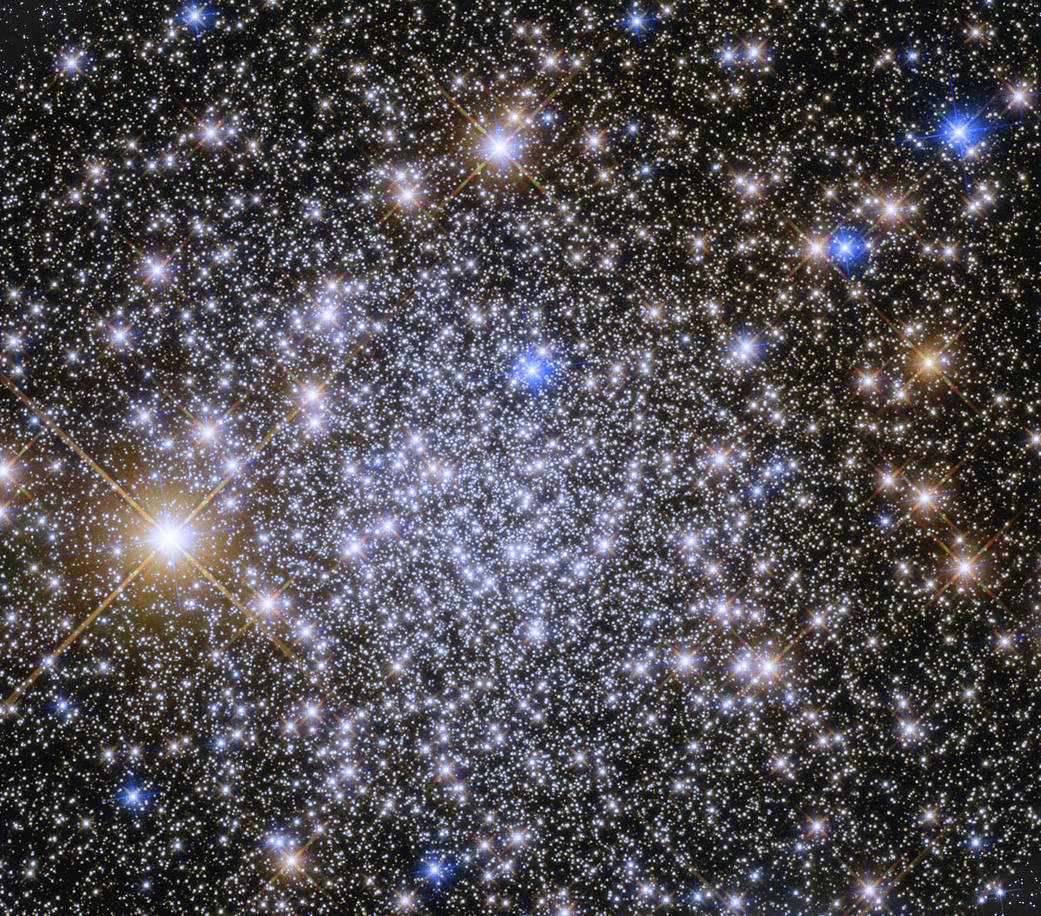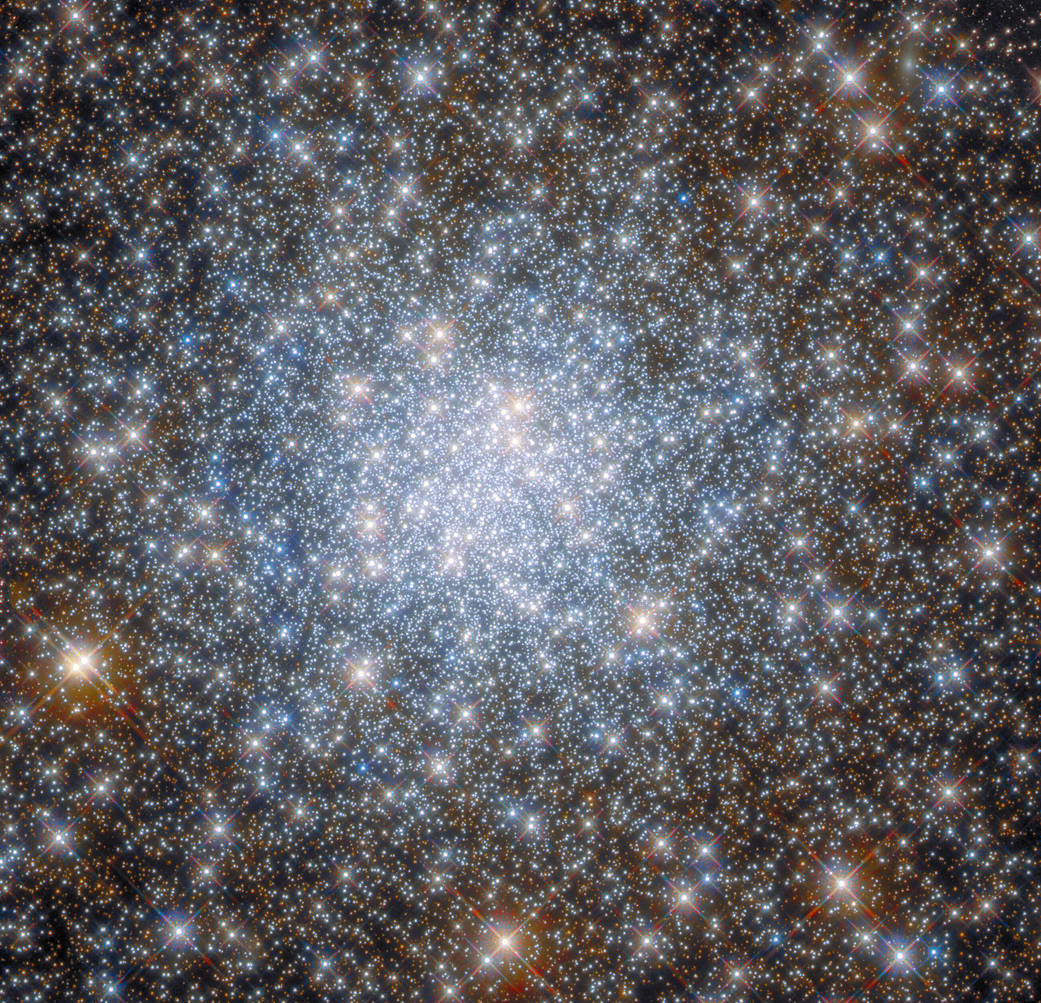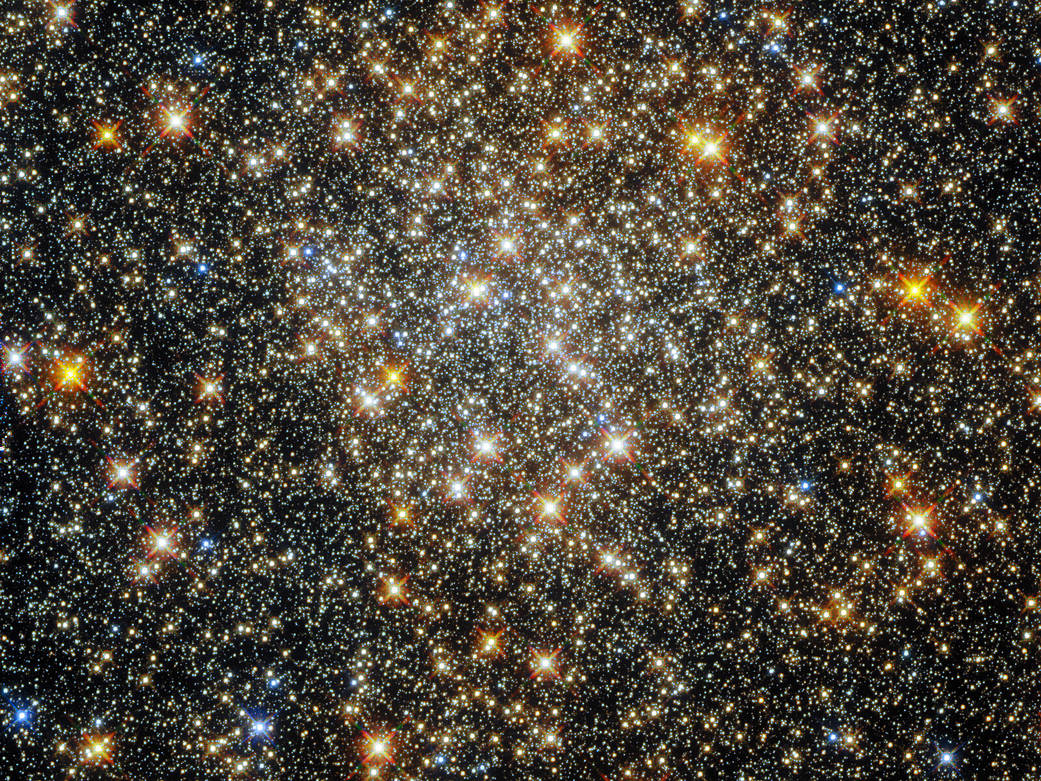The Milky Way has many satellite galaxies, most notably the Large and Small Magellanic Clouds. They’re both visible to the naked eye from the southern hemisphere. Now astronomers have discovered another satellite that’s the smallest and dimmest one ever detected. It may also be one of the most dark matter-dominated galaxies ever found.
Continue reading “The Milky Way’s Smallest, Faintest Satellite Galaxy Found”The Milky Way’s Smallest, Faintest Satellite Galaxy Found
